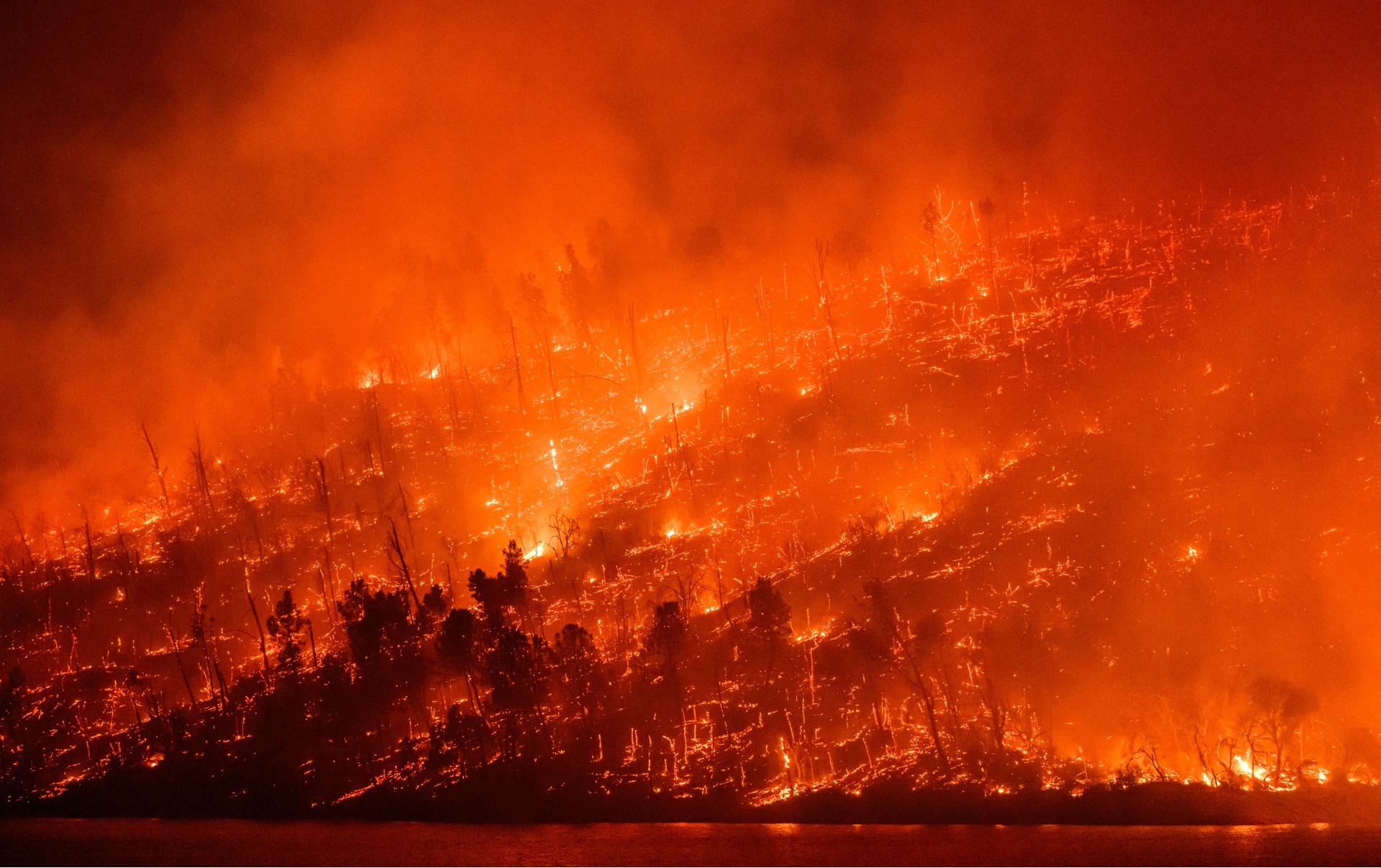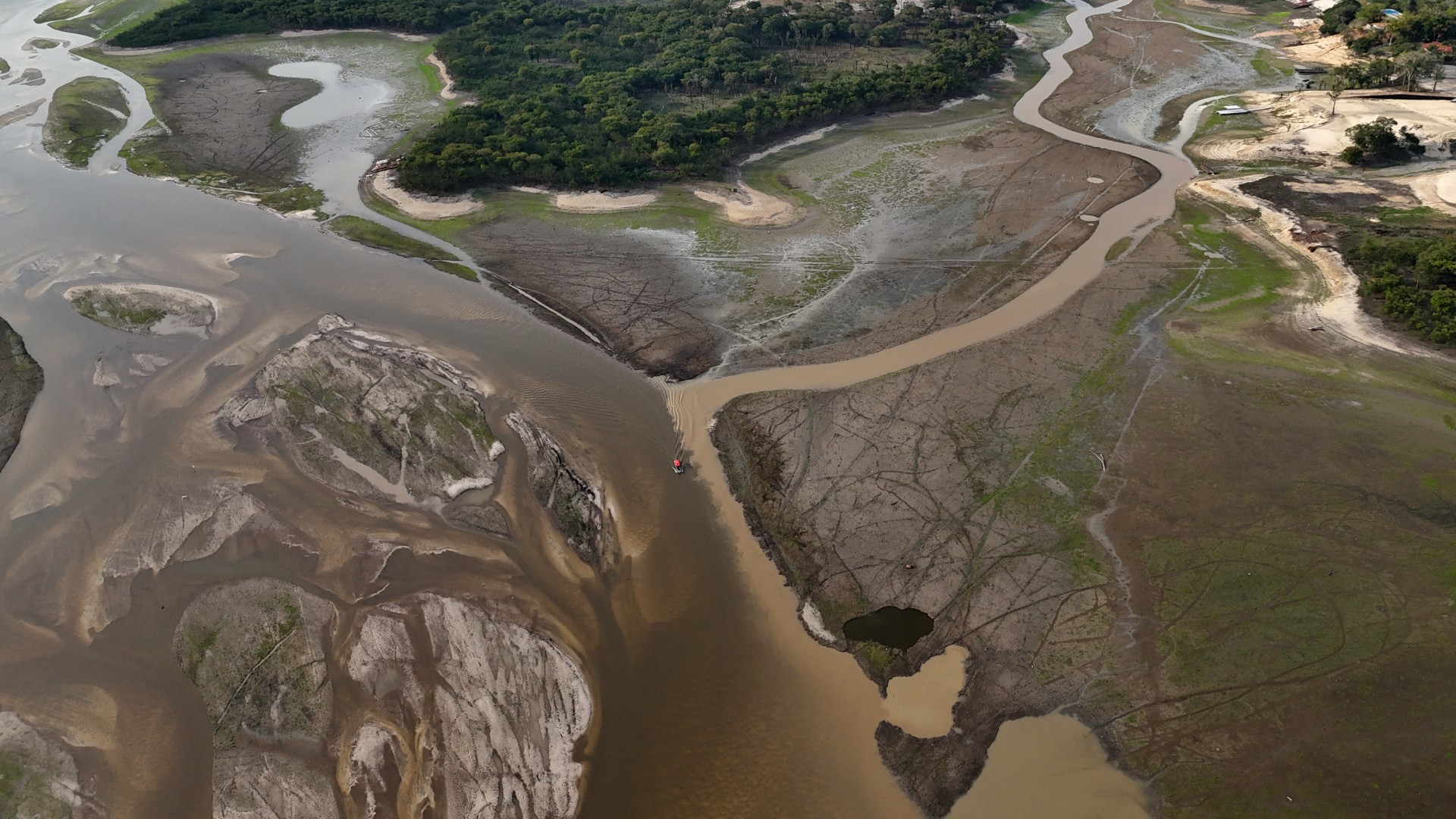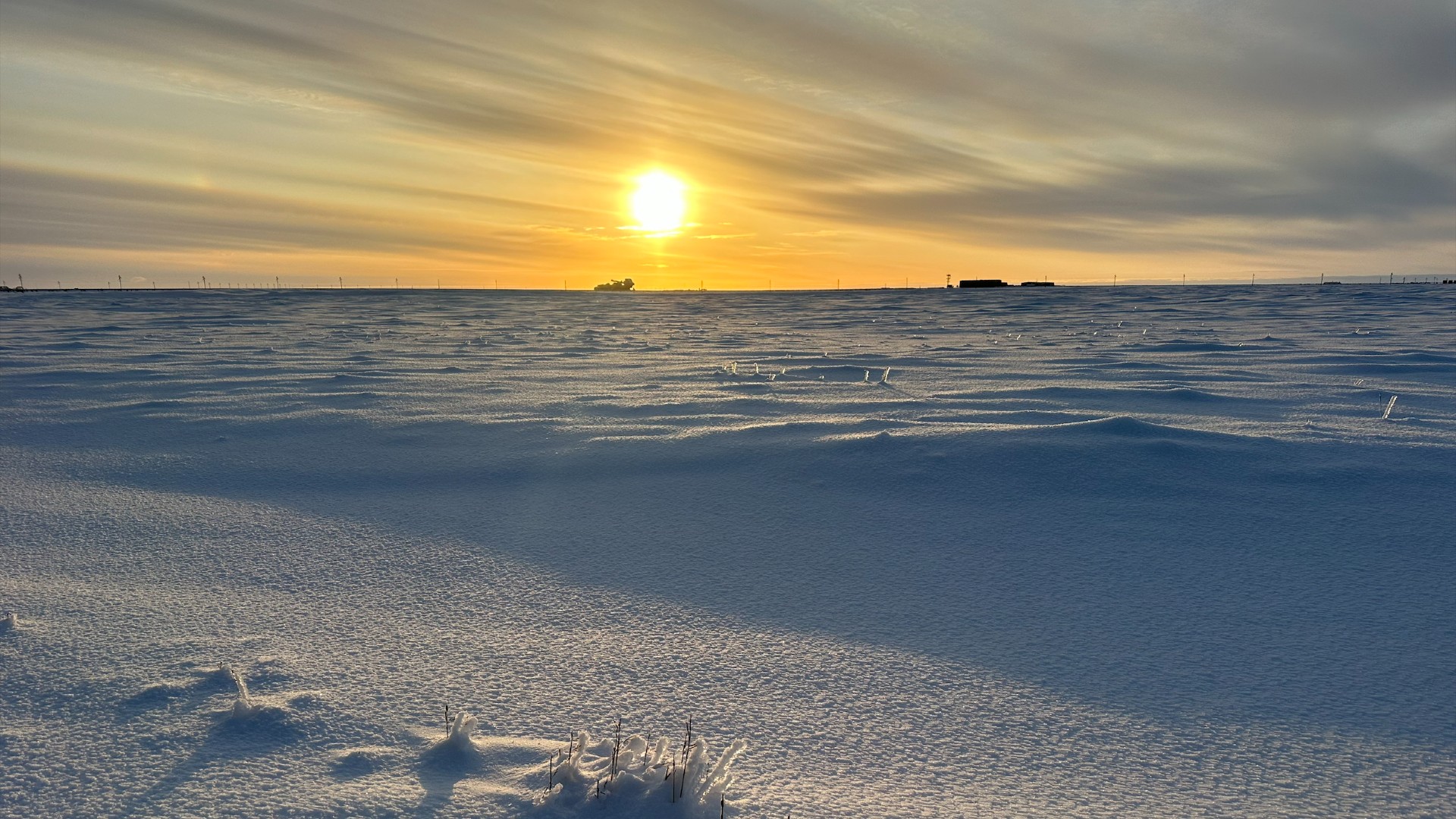'Ambitious climate action is more urgent than ever:' 3 Climate records broken in 2024
This year has been marked by high temperatures and extreme weather events.

The year 2024 has been another challenging one for Earth's climate, marked by record temperatures, extreme weather events, and urgent warnings from scientists about the accelerating pace of global warming.
An analysis by the Copernicus Climate Change Service (C3S), the European Union agency that tracks global warming, suggests this year will be the hottest since instrument record keeping began more than a century ago — beating climate records set just last year.
2024 will also be the first calendar year in which the global average temperature exceeded 1.5 degrees Celsius (2.7 degrees Fahrenheit) above pre-industrial levels, surpassing the target set under the Paris Agreement to limit the worst effects of climate change. A single year above the threshold "does not mean that the Paris Agreement has been breached," the deputy director of C3S Samantha Burgess said in a recent news release, "but it does mean ambitious climate action is more urgent than ever."
Earth surpasses 1.5 C warming every month for entire year
The year began with the continuation of a record 13-month heat streak, which ended in July as the natural El Niño climate pattern subsided. This period included an exceptionally warm summer that broke all-time heat records across the U.S., with multiple cities on both coasts sweltering through their hottest temperatures in seven decades of recordkeeping.
This year's Atlantic hurricane season, which officially ended on Nov. 30, showed above-average activity with 18 named storms, including the record-setter Hurricane Helene that slammed into Florida's Big Bend region, the deadliest to affect the continental U.S. since Katrina in 2005, according to NOAA.
"The impactful and deadly 2024 hurricane season started off intensely, then relaxed a bit before roaring back," Matthew Rosencrans, the lead hurricane forecaster at NOAA's Climate Prediction Center, said in a recent statement.
Meanwhile an unusually high number of lightning-caused fires in western Canada, including a particularly destructive one in the tourist town of Jasper, caused the country to witness its second-worst wildfire season following last year's devastating wildfires.
Breaking space news, the latest updates on rocket launches, skywatching events and more!
"We have some fires that ignited in 2022 and 2023 that are still burning on Oct. 1, 2024 and will still be burning in 2025," Lori Daniels, a wildfire expert and a forest ecologist at the University of British Columbia, told CBC news.
Severe drought reduces Amazon Basin rivers to record low

The Amazon basin's worst drought ever, which began last year and persisted into this year, caused major rivers to dwindle to critically low levels, stranded communities accessible only by boats, and led to a spike in illnesses due to children resorting to drinking dirty water.
The drought, along with illegal clearing of the Amazon rainforest for agriculture, has been linked to the catastrophic wildfire season in South America, particularly in the Pantanal and in countries such as Bolivia, Ecuador, Peru and Argentina. In Brazil, for instance, the most intense fire in seven decades recently scorched an area the size of Italy — much larger than last year.
"The forest used to be able to resist those fires," Rachel Biderman, who leads American nonprofit Conservation International's work in South America, said in a statement.
"Now, because of climate change, because of continued degradation of the forest, and because it's the second year of drought in a row, the forest became so, so dry that it's catching fire as it wouldn't before."
A warming Arctic tundra now releases more carbon than it absorbs

Scientists at NOAA are closely monitoring a changing climate in the Arctic tundra region, where annual surface air temperatures ranked the second warmest since 1900. The region has been a carbon sink for millennia — it absorbs more carbon dioxide than it releases thanks to its cold temperatures and frozen soils. But a new NOAA Arctic Report Card notes the region has now become a source of greenhouse gas emissions as they thaw and release that trapped carbon and methane into the air, a shift that is also impacted by increased wildfire activity. In September, the extent of sea ice was the sixth lowest in 45 years of satellite recordkeeping.
"This is yet one more sign, predicted by scientists, of the consequences of inadequately reducing fossil fuel pollution," Rick Spinrad, NOAA Administrator, said in a press release.
"Every year brings something new for the Arctic Ocean," Walt Meier, a senior research scientist at the Colorado-based National Snow and Ice Data Center, added in a different statement. "This summer we saw very early ice loss in Hudson Bay, open water near the North Pole and a stubborn ice floe near the Bering Strait that persisted through the summer melt season. While it wasn't a new record low, this year's sea ice minimum is yet another example of a changed Arctic environment."
These events have propelled humanity into a critical and unpredictable phase of the climate crisis, but certain aspects of global warming, such as intense heat waves to loss of sea ice, can still be reversed with aggressive action to reduce emissions that keeps warming below 3 degrees Fahrenheit, scientists say.
"There's still time to do that," Michael Mann, a climatologist and author of the book "Our Fragile Moment" on Earth's climate past and future, said in a podcast last year. "The obstacles are not physical. They're not technological — they're entirely political at this point."
Some of those challenges came to the forefront late last month at the United Nations climate summit in Azerbaijan, where an agreement by about two dozen industrialised countries to contribute $300 billion a year by 2035 — meant to help developing nations build infrastructure to transition away from fossil fuels to prepare for climate change — was met with strong criticism and called "chaotic, poorly managed" and "nothing more than an optical illusion."
The agreement has set the stage for next year's climate summit, which will take place in Brazil's Amazon rainforest, where nations will gather to plan climate actions for the next decade.

Sharmila Kuthunur is an independent space journalist based in Bengaluru, India. Her work has also appeared in Scientific American, Science, Astronomy and Live Science, among other publications. She holds a master's degree in journalism from Northeastern University in Boston.
